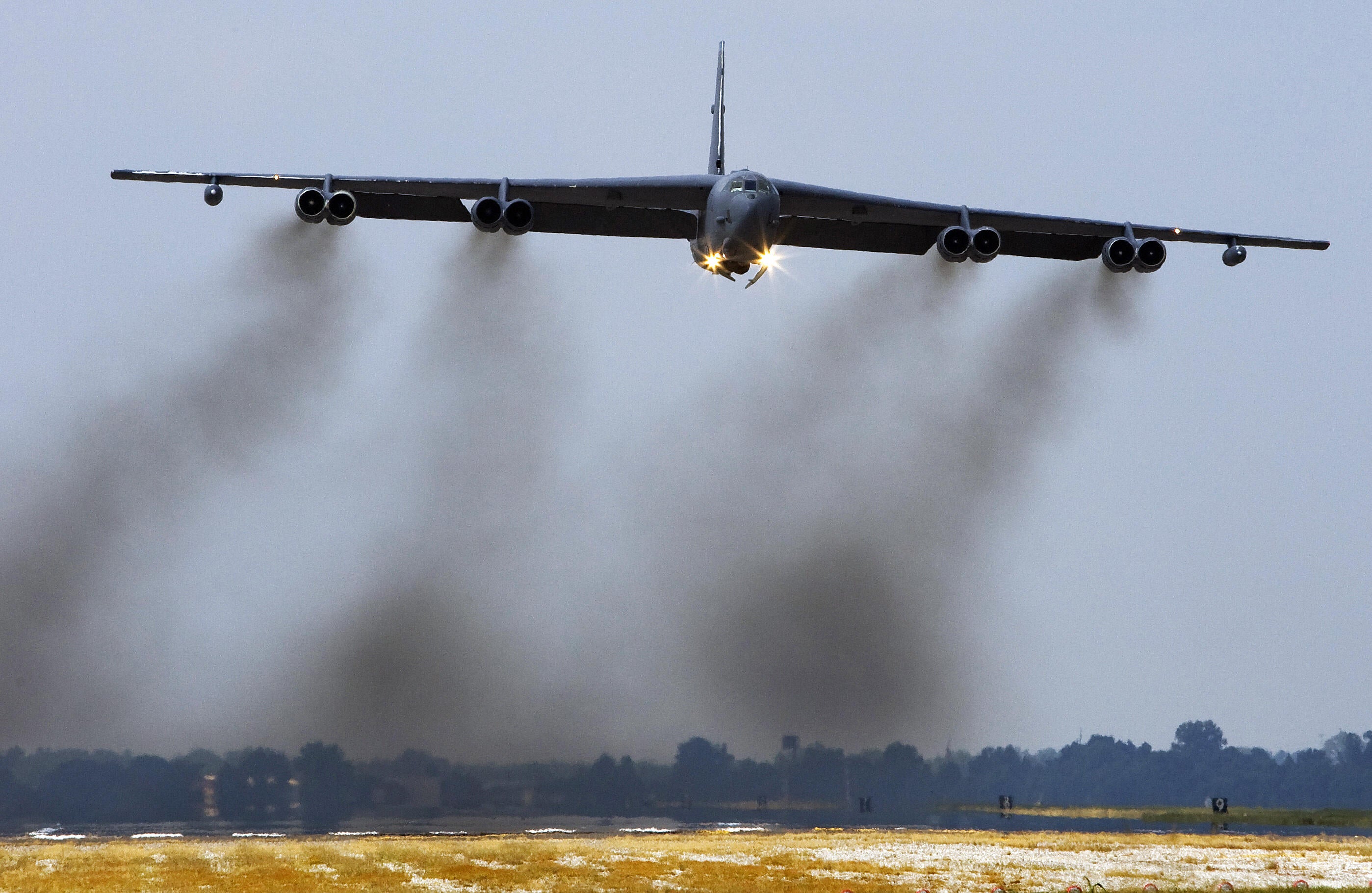US falls further behind Russia and China in developing hypersonic missile, report says
Pentagon had hoped to have combat-ready weapon by 30 September

Your support helps us to tell the story
From reproductive rights to climate change to Big Tech, The Independent is on the ground when the story is developing. Whether it's investigating the financials of Elon Musk's pro-Trump PAC or producing our latest documentary, 'The A Word', which shines a light on the American women fighting for reproductive rights, we know how important it is to parse out the facts from the messaging.
At such a critical moment in US history, we need reporters on the ground. Your donation allows us to keep sending journalists to speak to both sides of the story.
The Independent is trusted by Americans across the entire political spectrum. And unlike many other quality news outlets, we choose not to lock Americans out of our reporting and analysis with paywalls. We believe quality journalism should be available to everyone, paid for by those who can afford it.
Your support makes all the difference.The US may have fallen further behind Russia and China in developing hypersonic weapons after a string of test failures.
Defence manufacturer Lockheed-Martin’s air-launched missile has failed three consecutive tests, while both China and Russia have completed their own test firings of the high-tech weaponry.
The Pentagon had hoped to approve initial production of America’s combat-ready hypersonic weapon by 30 September, according to Bloomberg.
Hypersonic weapons can travel more than five times the speed of sound, giving air defences little time to react to a strike.
The US weapon, which is expected to cost around $1.4bn to develop, is designed to be dropped from a B-52H bomber before separating and accelerating to hypersonic speeds on its way to its target,
The project must now pass fourth and fifth tests of its booster motor by 30 June, with the Air Force still waiting for the results of the their test’s failure review board, which was expected in February, says Bloomberg.
If the next tests are successful, there would be a flight test of a fully operational missile between July and September.
There must also be a completed review of Lockheed-Martin’s ability to manufacture and deliver the missiles.
In February, before it invaded Ukraine, Russia announced that it had test-fired its hypersonic missile.
Last July, US intelligence said that China had flown a hypersonic missile 25,000 miles in more than 100 minutes.
The three US failures reportedly took place during testing of the missile’s poster motor after it separated for the bomber.
Heidi Shyu, the Defense Department’s undersecretary for research and engineering, told Bloomberg that she was “supportive of the Air Force’s aggressive efforts to accelerate development,” but admitted that “the 30 September operational capability date is a very aggressive schedule.”
The Air Force said that it “continues to aggressively pursue” an operating missile “while maintaining high standards of technical rigor.”
Lockheed was given a $480m contract in April 2018 that was increased in December 2019 to $986m.
The Independent has reached out to Lockheed-Martin for comment.
Join our commenting forum
Join thought-provoking conversations, follow other Independent readers and see their replies
Comments